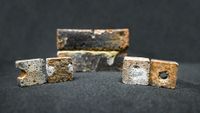
How bacteria could help build and maintain cities on the moon
The bacteria, Sporosarcina pasteurii, is able to make calcium carbonate that can act as a sealant to fix bricks made from lunar regolith.
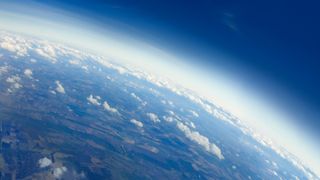
By Brett Tingley published
Researchers with the U.S. military's Defense Advanced Research Projects Agency (DARPA) have successfully used Earth's atmosphere as a sensor to detect a distant disturbance.
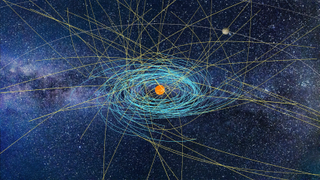
By Stefanie Waldek published
Hiroyasu Tsukamota has developed a deep-learning-based guidance and control framework called Neural-Rendezvous that could allow spacecraft to safely encounter interstellar objects.
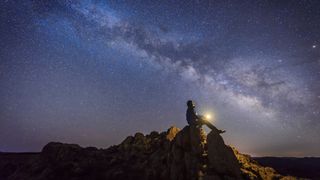
By Daisy Dobrijevic last updated
Reference The Fermi Paradox seeks to answer the question of where the aliens are. After all, the universe is incredibly old, big and filled with potentially habitable planets.
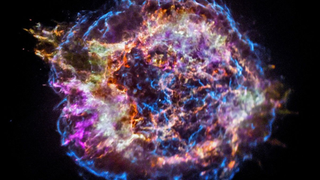
By Sharmila Kuthunur published
Two nearby explosive massive star deaths, or supernovas, may have triggered mass extinction events in Earth's distant past, new research suggests.

By Joe Rao published
After putting on a great show in our evening sky since the fall of 2024, dazzling Venus puts on a spectacular showing for early morning risers for the balance of 2025.

By Fran Ruiz published
The Astroneer universe is expanding, and this follow-up will be all about "discovery, cooperative expeditions, and camaraderie".
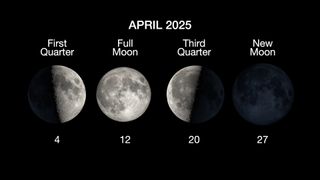
By Tariq Malik, Daisy Dobrijevic last updated
Reference See what moon phase it is tonight and find out when you can see the rest of the moon phases for 2025.